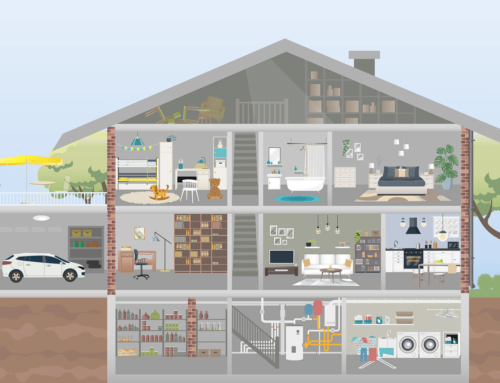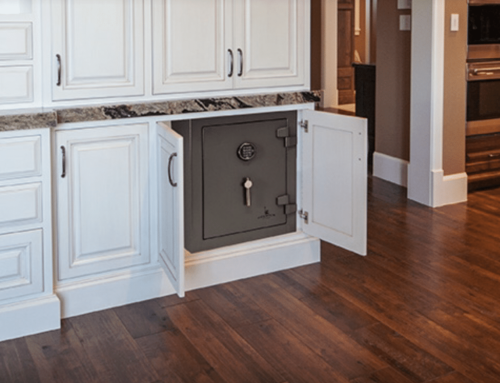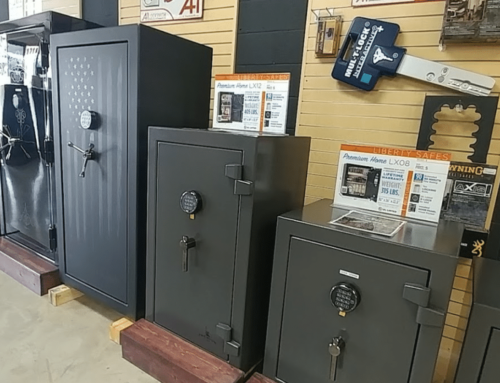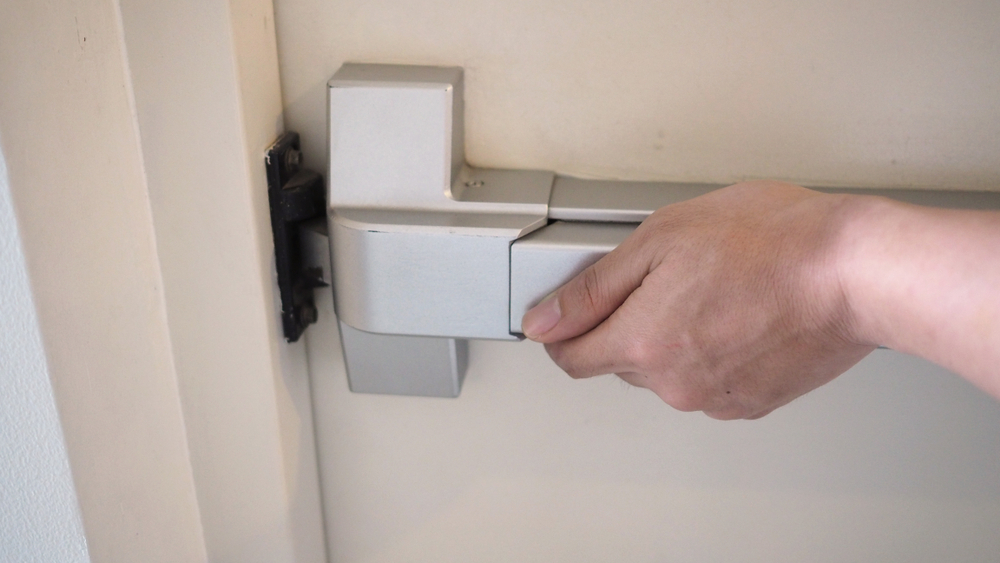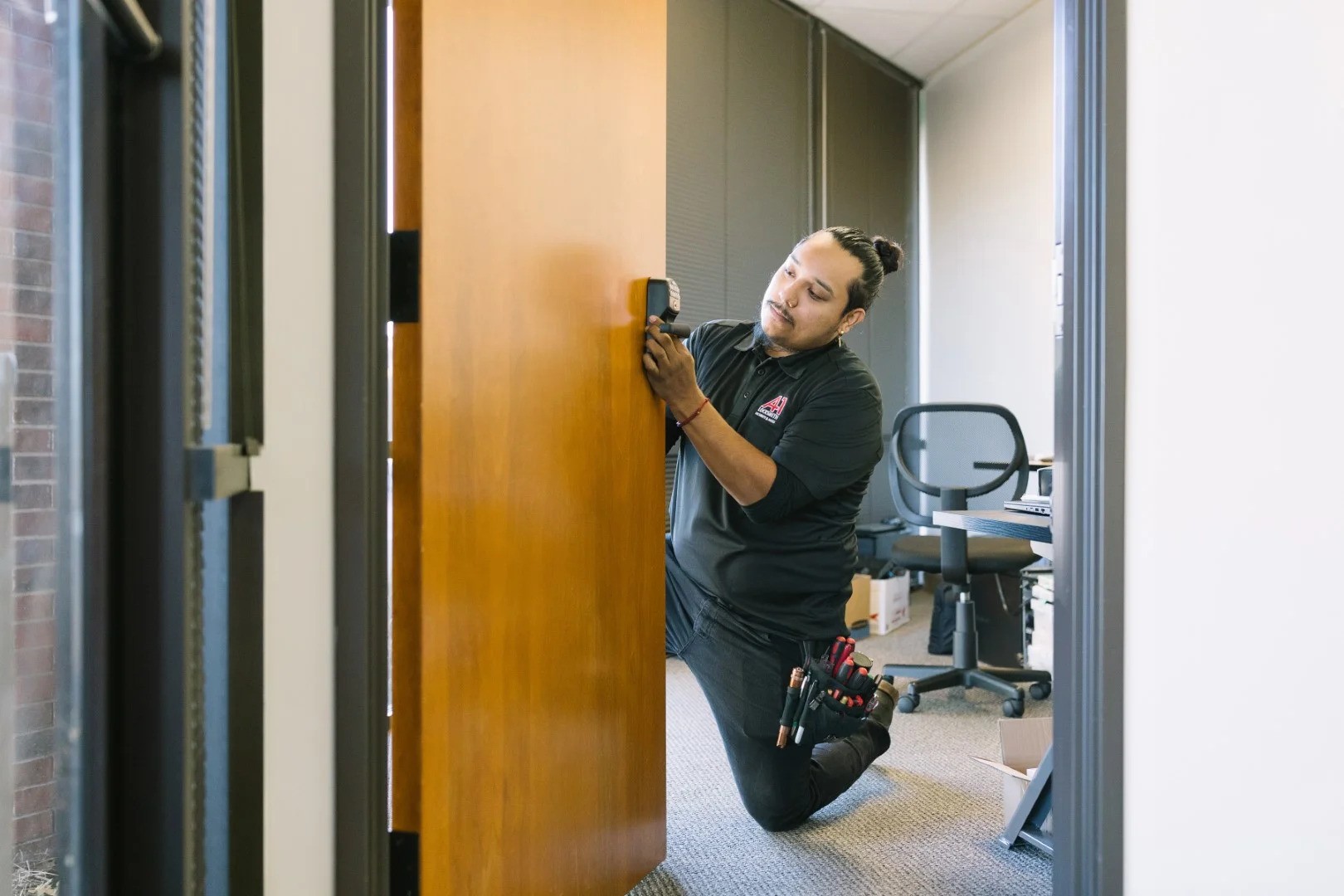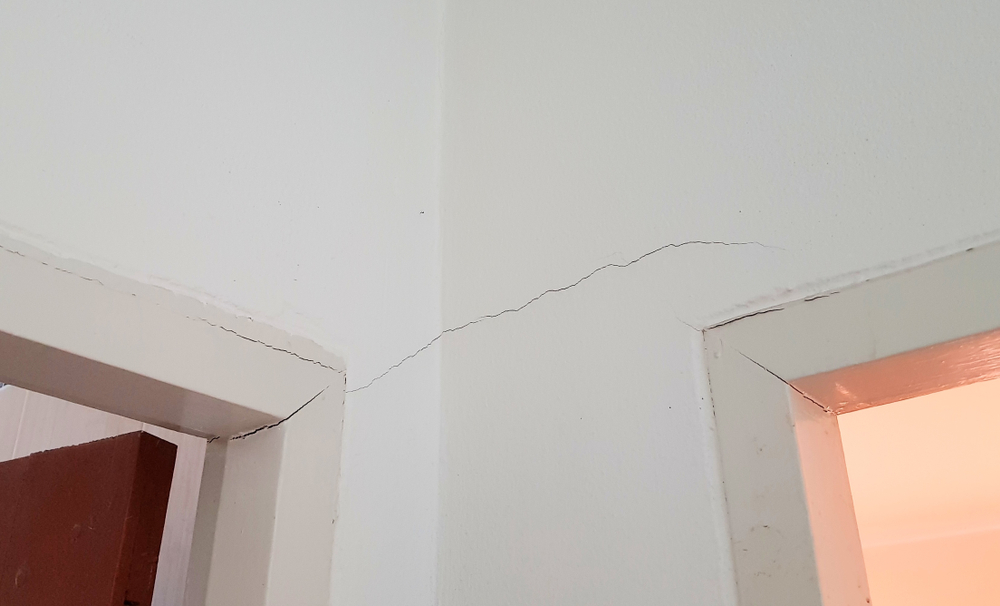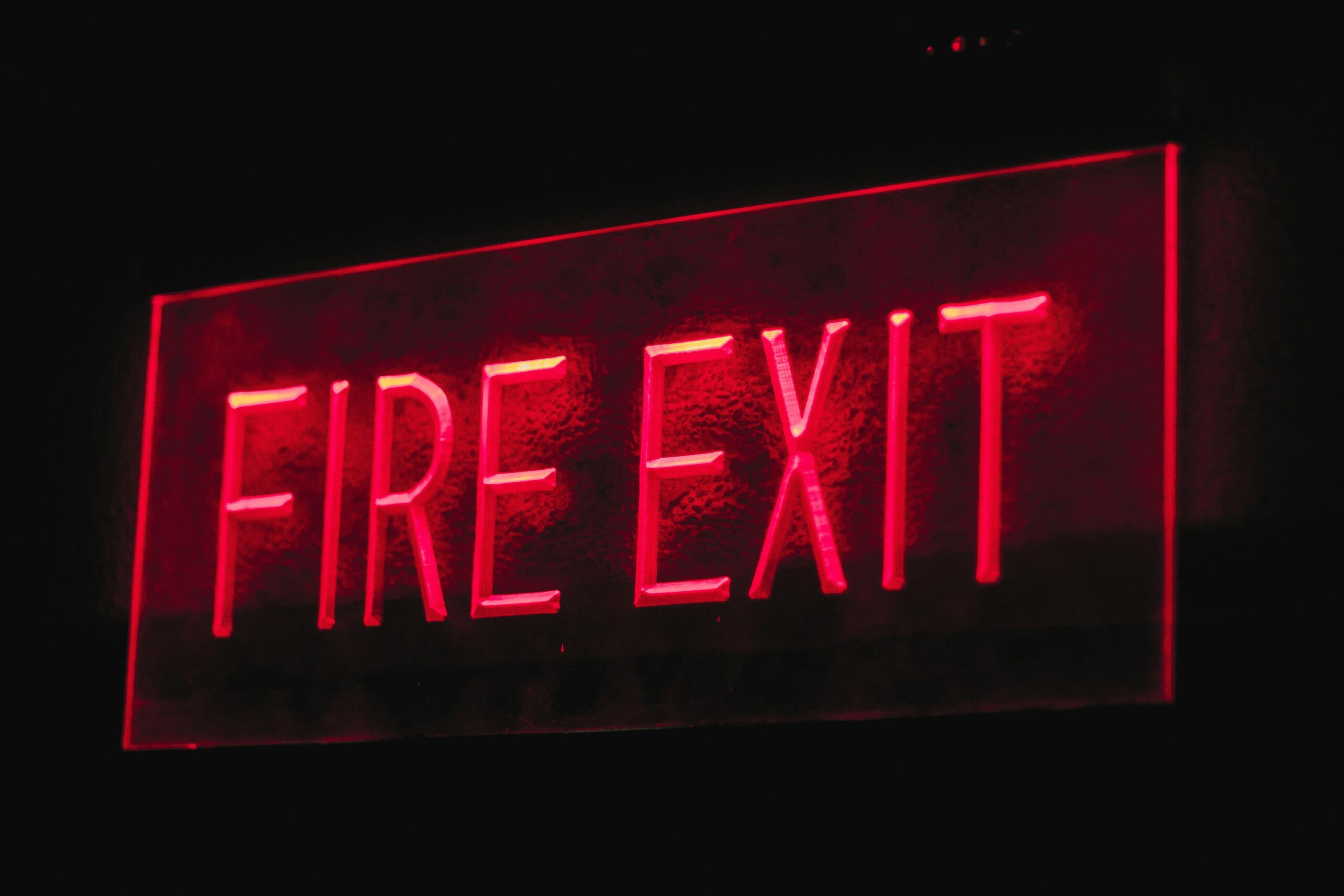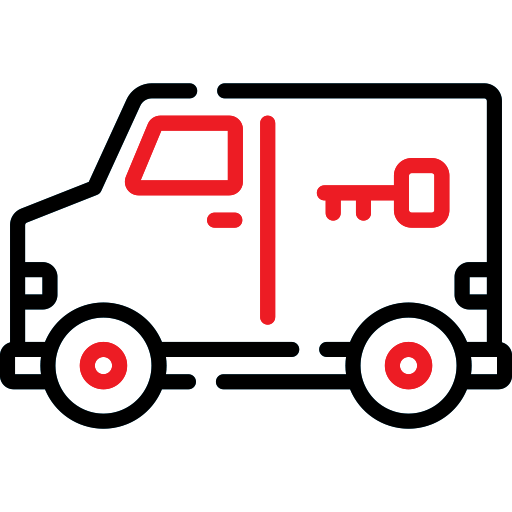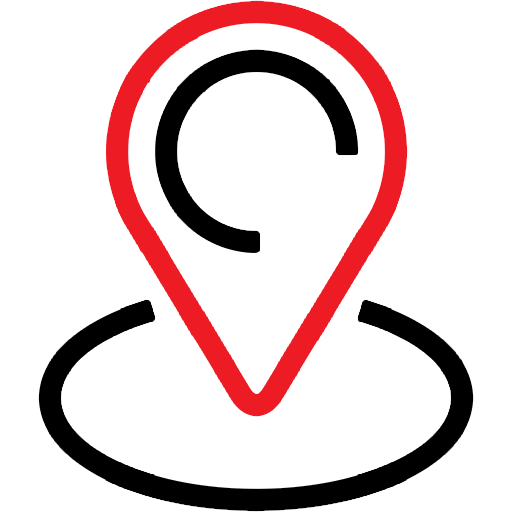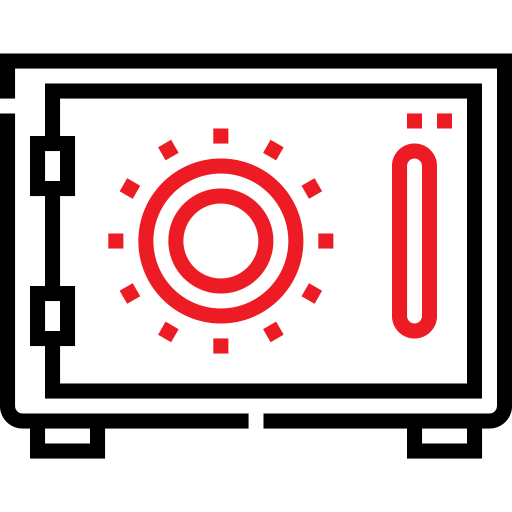Some products are impulse buys. Candy bars, chewing gum and drinks are a few examples of products you’ll see while waiting in a checkout line at a grocery store that won’t set you back if you make a careless split-second decision. What you won’t see in that section, however, are higher-dollar items that aren’t consistent with a last-second shopping cart addition.
You wouldn’t buy a phone without considering storage options. You wouldn’t buy a car without considering features. Most importantly, you wouldn’t go into either of these purchases ignorant to your budget, needs and which of these various costs are worth it to you. Likewise, you shouldn’t go into a safe purchase without understanding your budget and security and storage needs.
Fortunately, just like with phones and cars, you’re armed with options across many budget ranges when it comes to home safes. Your overall satisfaction with your safe will increase if you educate yourself to make an informed decision about which safe best meets your needs.
In today’s post, we’ll cover a list of needs many have when shopping safes, as well as how much you should budget for a safe when taking into consideration delivery, installation, accessories and other factors.
Assess Your Needs
Before diving into the different price ranges for safes, it’s essential to assess your specific needs. This will guide you in determining what safe is best suited for you and what features you should prioritize (and which you can ignore). Here are some common considerations:
- Size and capacity: What are you looking to store in the safe? Smaller items like documents and jewelry, or larger items like firearms? The size and capacity of the safe can significantly impact the price, so make sure you’re not getting one that is too big or too small. Safes that only store documents and cash are usually smaller and cost less, while safes for storing firearms and bulky items tend to be larger and more expensive.
- Security level: Not all safes provide the same level of protection. Basic safes may suffice for less-valuable items, but if you’re storing something with high value (whether monetary or sentimental), you’ll want a safe with advanced security features like biometric locks, multiple bolts and a higher fire/burglary rating.
- Fire and water resistance: Safes with fire and water resistance provide additional protection for your items when it comes to natural disasters. The level of protection can vary, however, which influences the price. A minimum of 30-minute fire resistance is a good target for basic protection, with higher-rated models available for more demanding needs (or to provide better peace of mind).
- Type of safe: There are several types of safes to consider as well, which also impact your budget depending on which one you choose. (Where you store the safe may also play a part in this decision.) Wall safes are ideal for placement behind paintings or furniture, floor safes are ideal for heavier items, gun safes are specifically designed for firearm safety and portable safes are smaller, lighter and less expensive.
Find Your Budget Range
Costs are always going to vary depending on the type of safe you choose, the brand and the retailer selling it, but there are some general price ranges to consider when making your decision. Here are the three general categories of safes and their price ranges:
- Budget-friendly safes ($300 or less): These are viable options for small and less-valuable items. They typically feature basic lock mechanisms and minimal fire and water resistance.
- Mid-range safes ($300-$1,000): Offering a balance of security and affordability, safes in this tier often come with better locking mechanisms, increased protection and larger capacities.
- High-end safes ($1,000 or more): For high-value items or specific security needs, these safes are the way to go. Providing ultimate protection with advanced locking systems and extensive fire, water and burglary resistance, high-end safes are built to withstand both natural disasters and break-in attempts.
Consider Add-On Services
Another factor in your budget should be other related services like delivery, installation and accessories. At A-1 Locksmith, for example, we’re happy to provide a quote that includes safe delivery and installation—and we have a variety of safe accessories we can recommend as well. Just make sure you ask about these costs ahead of time so you aren’t surprised later on and blow your budget. Upfront quotes and estimates are a wise thing to pursue early in the budgeting process.
Determine Financing
Finally, you’ll need to figure out how you want to pay for your safe. If cash isn’t an option, a credit card will usually suffice. But there are often payment plans available as well.
At A-1 Locksmith, we offer Affirm as a financing option. Whether you’re purchasing online or in store, you can use Affirm to buy now and pay later with flexible plans that fit your budget. You can easily manage everything associated with the purchase via an easy-to-use app and you can get exclusive deals like minimal or low APR. Either way, we’ll work with you to ensure you get the best safe for your budget and security needs.
If you still have questions about how to budget for a safe or you’re ready to start looking at your options, visit one of A-1 Locksmith’s Dallas-Fort Worth locations today, or give us a call.

